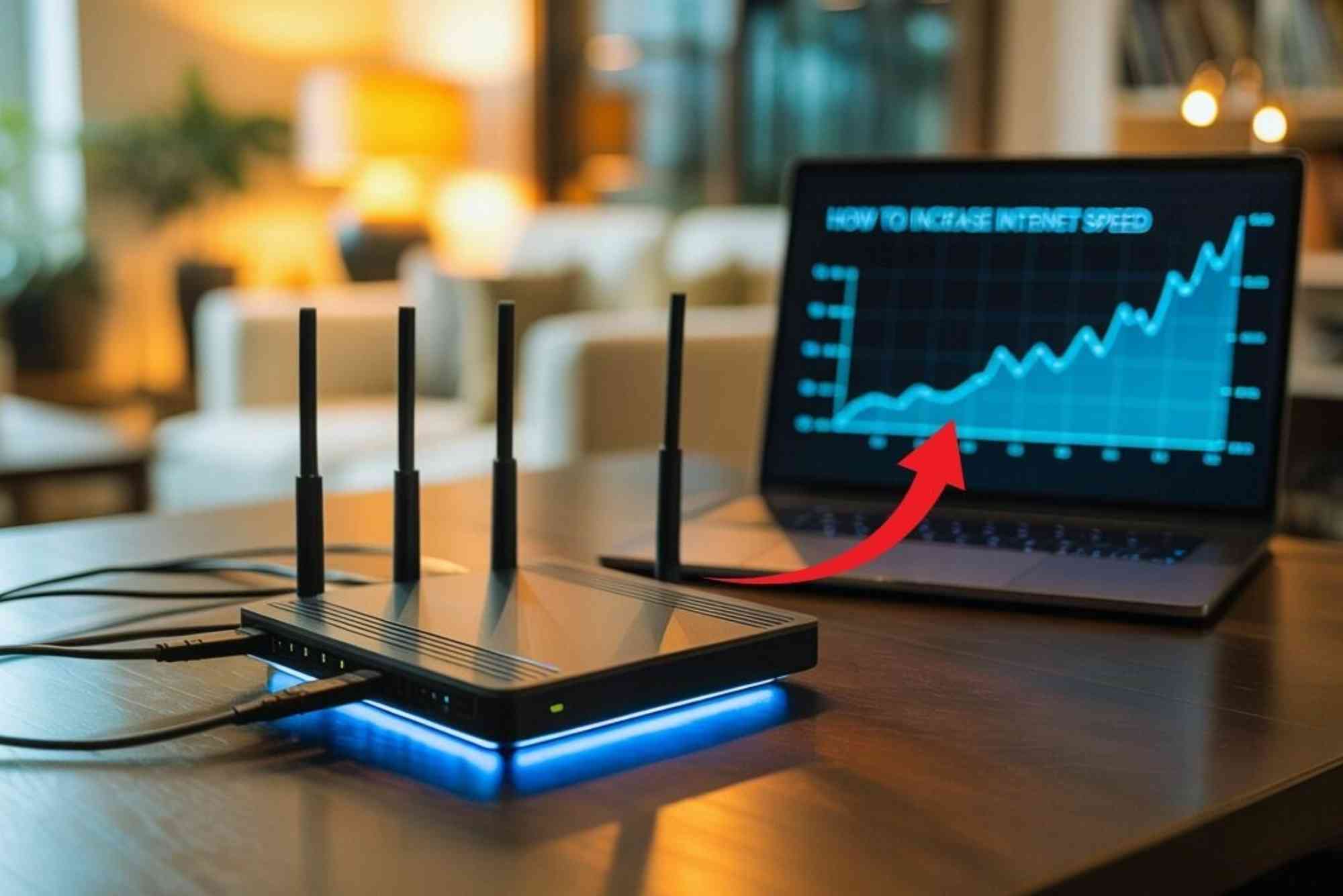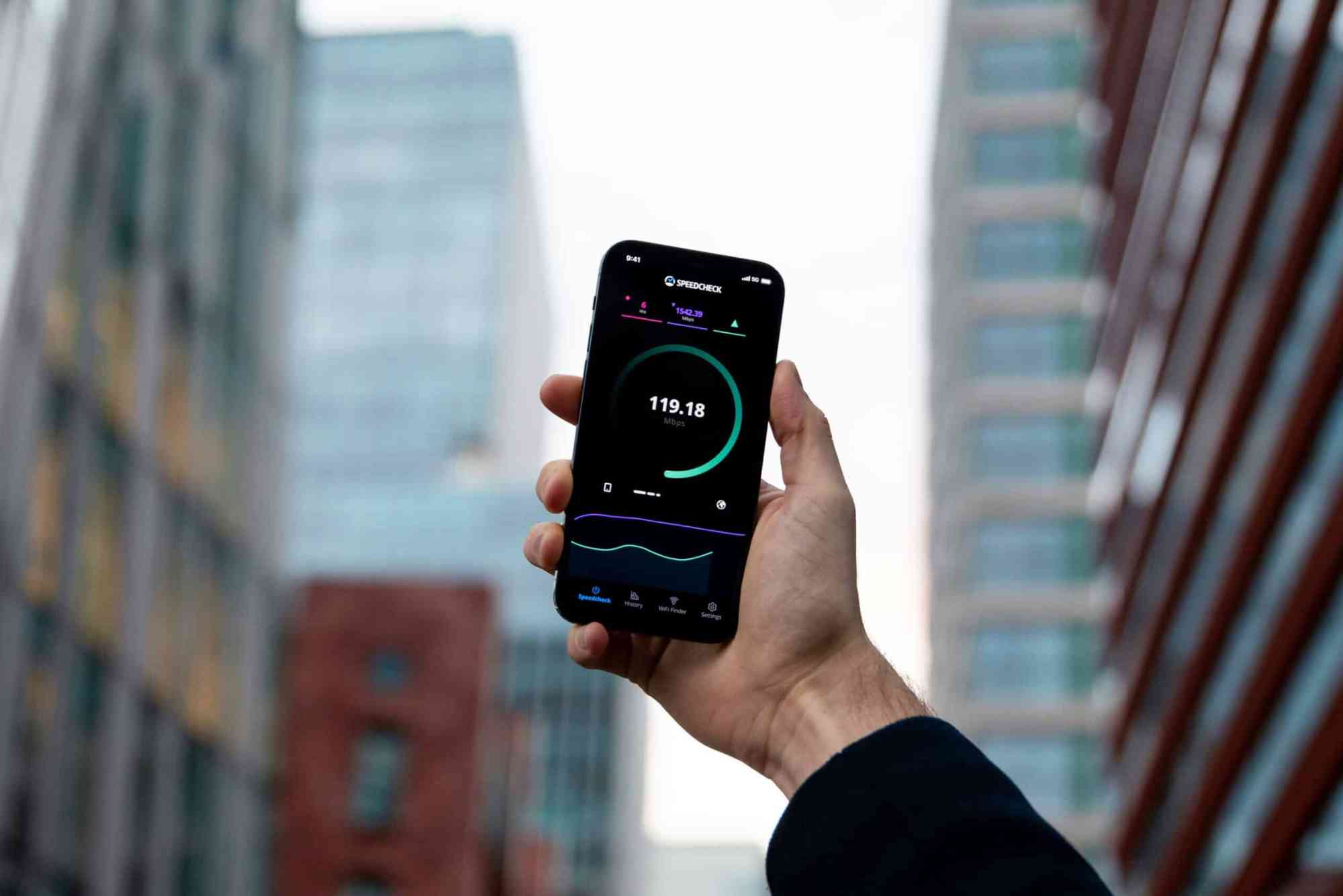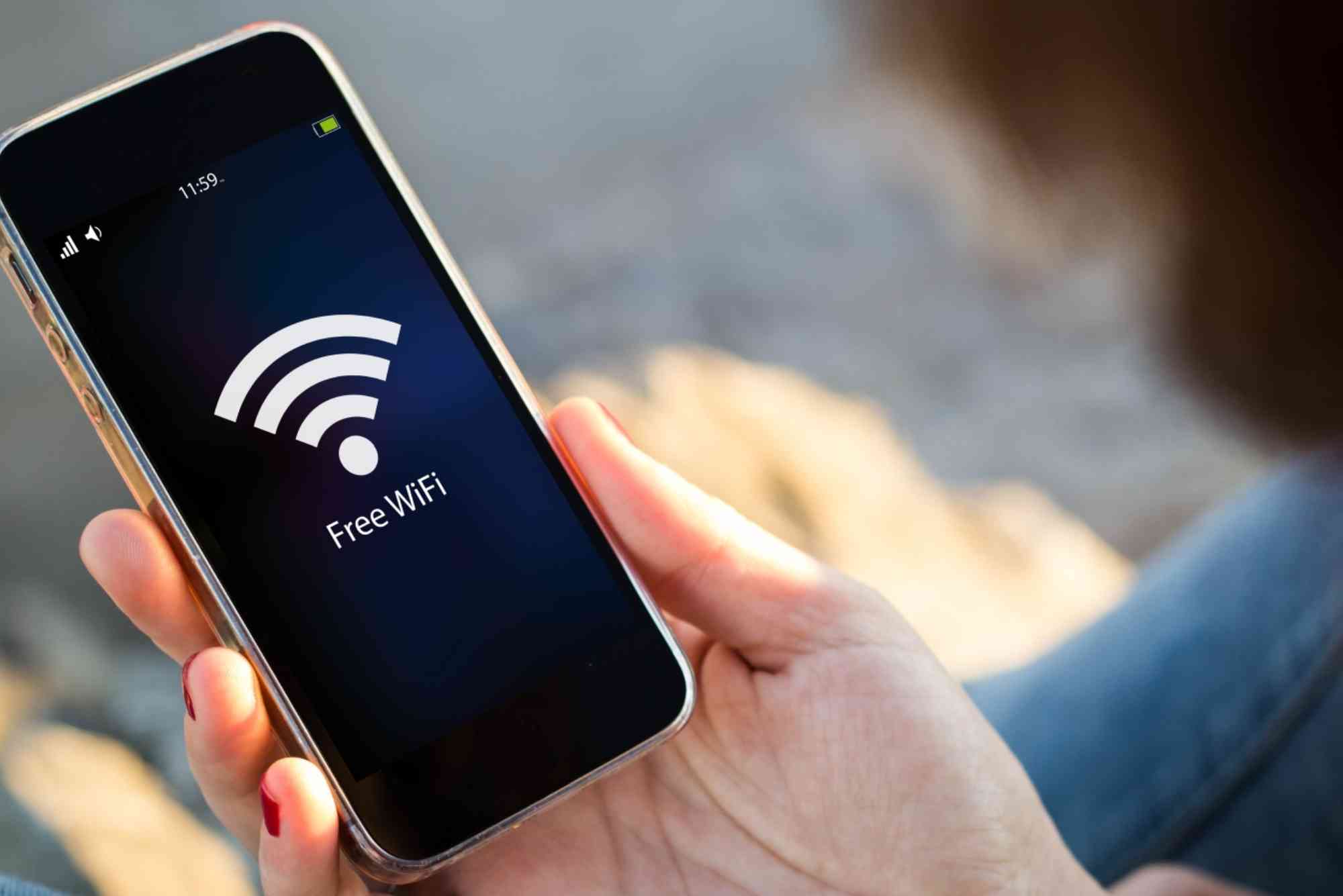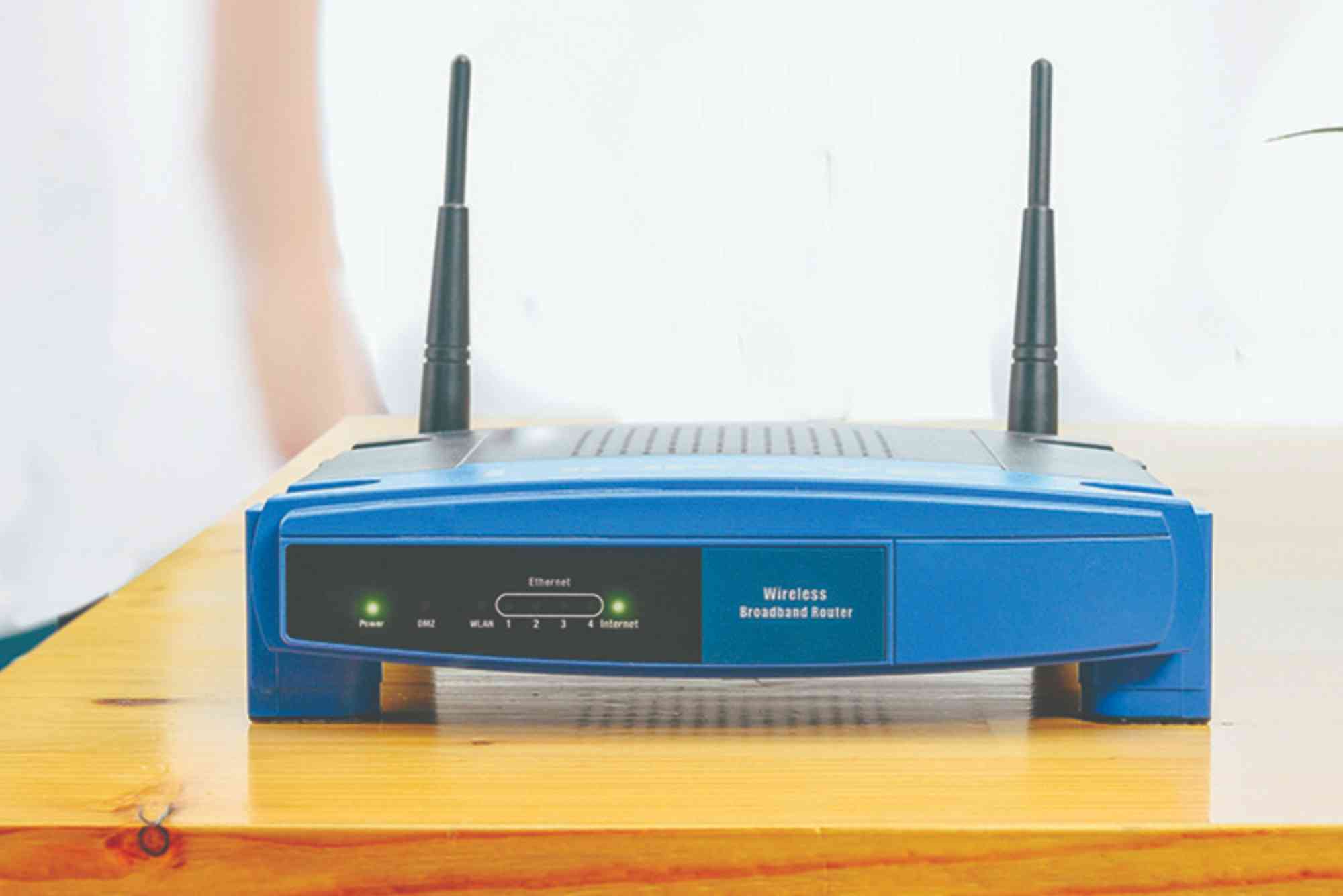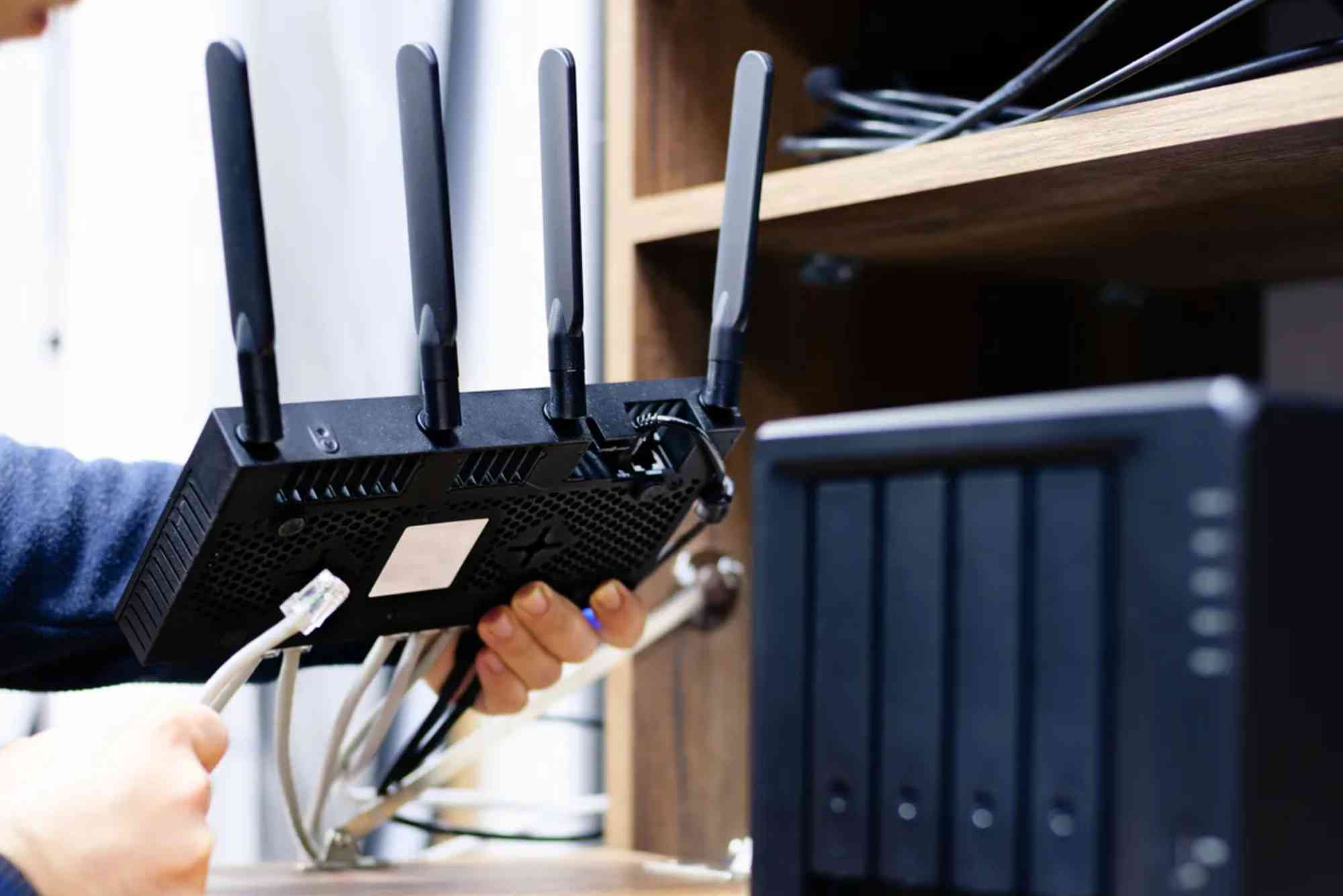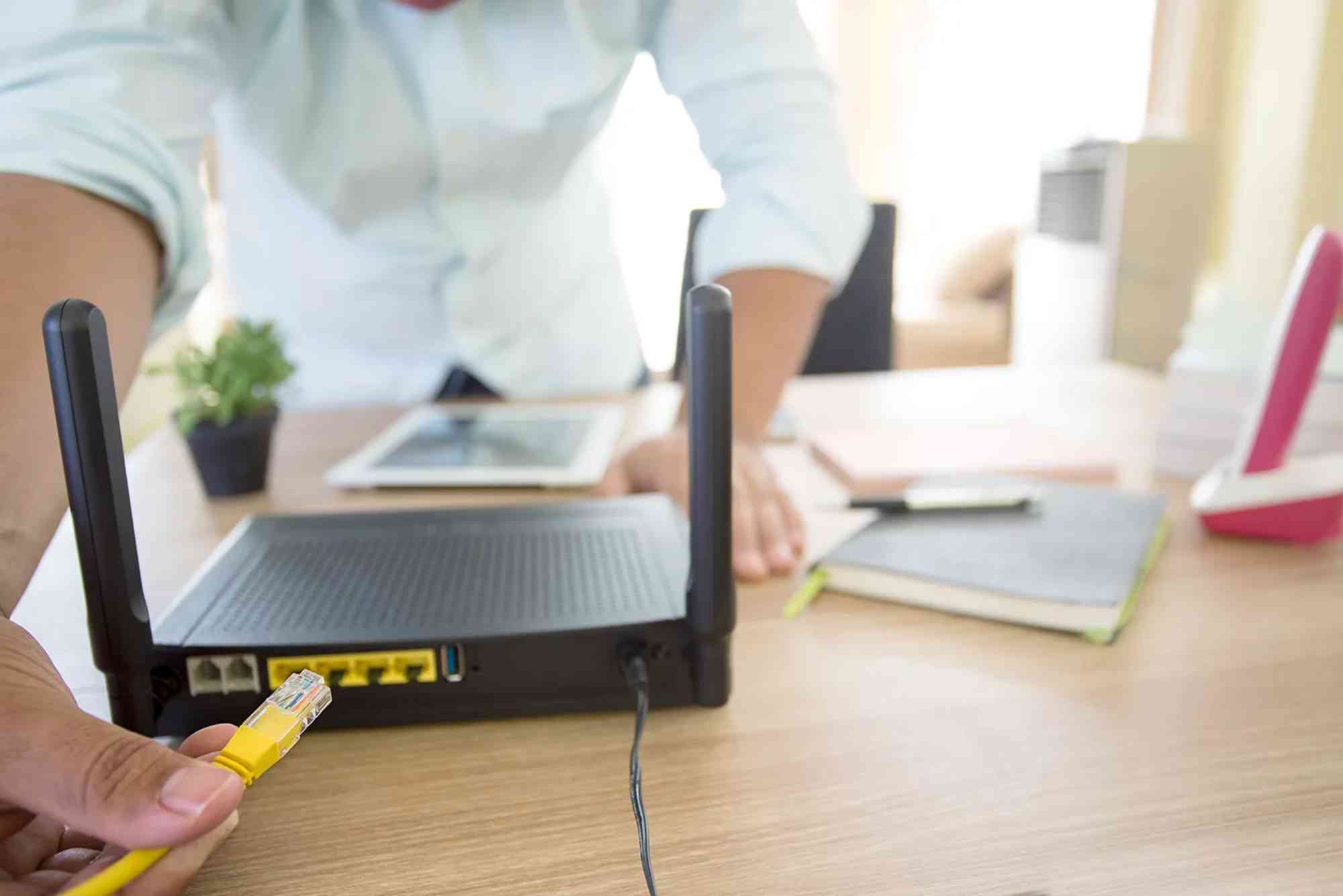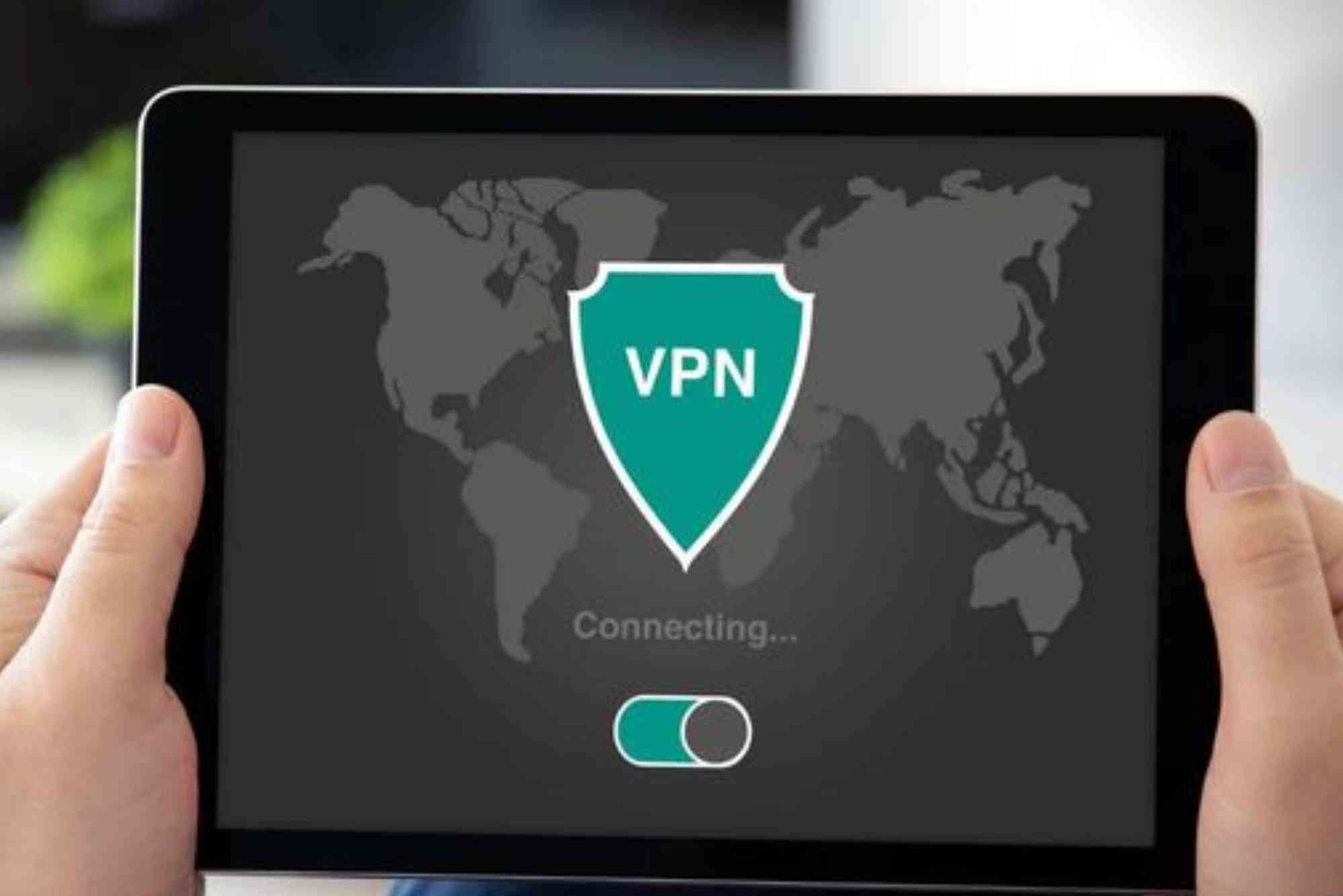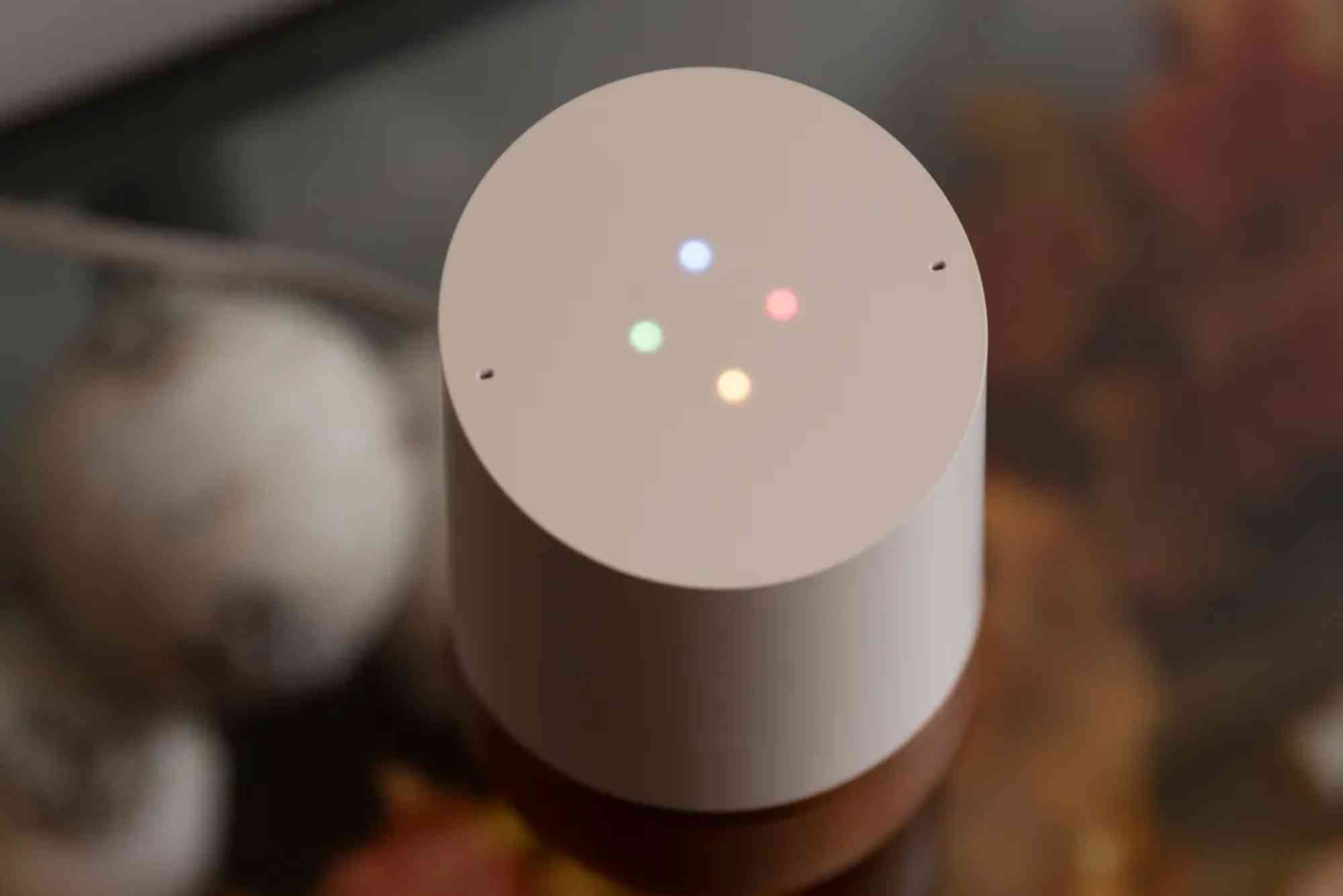Introduction
Getting reliable, high-speed internet has become a necessity for both work and entertainment. Fiber optic technology is the gold standard in modern connectivity because it delivers unmatched speed, stability, and performance. However, many people are unsure about what happens during the fiber optic internet installation process and what they should prepare for.
This guide will walk you through everything you need to know about the installation, from preparation to activation, so you know exactly what to expect when scheduling your connection.
Why Fiber Optic Internet Requires Installation
Unlike traditional DSL or cable, fiber optic networks use ultra-thin glass or plastic strands to transmit data at the speed of light. This requires specific hardware and cabling that may not already exist in your home or office. The fiber optic internet installation process ensures that the infrastructure inside your premises can handle the signal and deliver it efficiently to your devices.
Pre-Installation Preparation
Before the technician arrives, the internet service provider (ISP) usually provides an estimated time frame for the appointment. Preparation helps speed up the process and ensures a smooth installation.
Clearing Access Points
Technicians need easy access to utility poles, underground lines, and the area inside your home where the main equipment will be placed. Clearing furniture, clutter, or any obstacles ensures faster work.
Understanding Installation Requirements
Your provider may inform you of potential drilling, wall outlets, or new wiring needed. Some installations may require permission from landlords if you live in an apartment. Preparing ahead reduces delays.
The Arrival of the Technician
On installation day, a professional installer will arrive with specialized tools and equipment. They will confirm your order, explain the fiber optic internet installation process, and ask for your approval before starting work. This is a good time to ask questions about placement, cabling, and Wi-Fi coverage.
External Installation
The first step often involves connecting your home or building to the nearest fiber line.
Connecting to the Network
If fiber lines are aerial, technicians may use poles to run cables to your property. If underground, they may access service boxes or use trenchless technology to minimize disruption.
Installing the Demarcation Point
The demarcation point, also called the Network Interface Device (NID), is where the ISP’s fiber line enters your property. This is the official handoff between the external network and your internal connection.
Internal Installation
Once the outside connection is complete, attention shifts indoors.
Running Fiber Optic Cable
A small, flexible fiber cable will be routed inside your home, usually through walls, baseboards, or ceilings. Technicians ensure the path is neat and unobtrusive.
Installing the Optical Network Terminal (ONT)
The ONT is a small device that converts fiber signals into usable internet for your router or modem. It requires a nearby power outlet and is often mounted on a wall.
Router and Wi-Fi Setup
After the ONT is active, your router is connected to distribute the internet signal wirelessly. Many ISPs provide compatible routers, though you may use your own for greater customization.
Testing the Connection
Once all devices are in place, the technician tests the system to confirm everything is working. They will check download and upload speeds, ensure stable connections, and help configure your Wi-Fi network. This stage confirms that the fiber optic internet installation process has been completed successfully.
Common Issues During Installation
While fiber installation is usually straightforward, a few challenges may occur:
Property Access Delays
If technicians cannot access utility poles or underground service boxes, the installation may take longer than expected.
Need for Drilling or Additional Wiring
Some homes require drilling through walls or running new conduits for the cable. Your technician will discuss this before proceeding.
Equipment Placement Challenges
If power outlets or router placement options are limited, adjustments may be needed for optimal Wi-Fi coverage.
How Long Does Fiber Installation Take?
The total time depends on your home setup, but on average, the fiber optic internet installation process takes two to four hours. Larger properties, apartments, or older homes may take longer due to additional wiring requirements.
Benefits After Installation
Once the process is complete, you can enjoy the key advantages of fiber internet:
-
Lightning-fast download and upload speeds
-
Stable connections for remote work, gaming, and streaming
-
Better performance during peak usage hours
-
Future-proof infrastructure ready for new technologies
Tips for a Smooth Installation Experience
To ensure a hassle-free process, consider these tips:
-
Schedule installation at a time when you can be present
-
Clear installation areas in advance
-
Confirm your router location for best Wi-Fi coverage
-
Ask about any potential costs for extra wiring or drilling
Real-Life Experience: Why It’s Worth It
Many users are amazed at how quickly their online experience improves after upgrading to fiber. Streaming in 4K, participating in lag-free video calls, and downloading large files in seconds becomes the new normal. ISPs such as Dhanote Internet Services are helping households and businesses transition smoothly to fiber by offering professional installation and reliable support.
FAQs
How long does the fiber optic installation process take?
Most installations take two to four hours, depending on property type and wiring needs.
Do technicians need to drill holes in my walls?
In some cases, yes. If new wiring is required, technicians may drill small holes, but they keep the process neat.
Can I choose where the router will be placed?
Yes, as long as there is a power outlet nearby. Technicians usually recommend central locations for better Wi-Fi coverage.
Do I need to provide my own router?
Many ISPs provide routers, but you can use your own if it’s compatible with fiber connections.
Will my internet work immediately after installation?
Yes, once the ONT and router are connected and tested, your fiber internet should be active right away.
The fiber optic internet installation process may sound technical, but with the help of professional technicians, it’s a straightforward experience. From preparing your home to setting up equipment, the steps are designed to ensure your new service is reliable and efficient.

